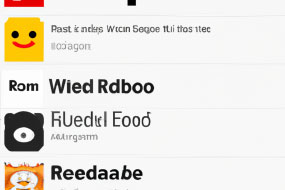
Robots.txt is a crucial element in optimizing your website's search engine optimization (SEO) strategy. It is a simple text file that informs search engine crawlers which pages of your site to index and which to ignore. This article will explain why robots.txt is essential for SEO and how to create a robots.txt file that will maximize your website's potential.
What is Robots.txt?
Robots.txt is a file placed on a website's server that instructs search engine spiders on which pages to crawl and which pages to ignore. This file is written in a simple text format and can be edited using any text editor.
The file is located in the root directory of the website and can be accessed by typing in /Robots.txt after the domain name (e.g., www.example.com/robots.txt).
Why is Robots.txt Important for SEO?
The primary purpose of robots.txt is to inform search engine crawlers which pages of your website to index and which to ignore. By directing the search engine spiders away from irrelevant pages, you can focus their attention on the pages you want to rank.
robots.txt also provides a way to control the amount of your website's bandwidth used for indexing, ensuring that the crawlers do not overload the site with requests.
Creating a Robots.txt File
Creating a robots.txt file is a simple process. The file is written in a simple text format and can be edited using any text editor. Here is an example of a basic robots.txt file:
User-agent: *
Disallow:
The User-agent: * line specifies that any robot is affected by the following directives. The Disallow directive tells crawlers which pages should not be indexed. To exclude a specific page or directory, simply add its URL after the Disallow directive (e.g., Disallow: /admin/).
















